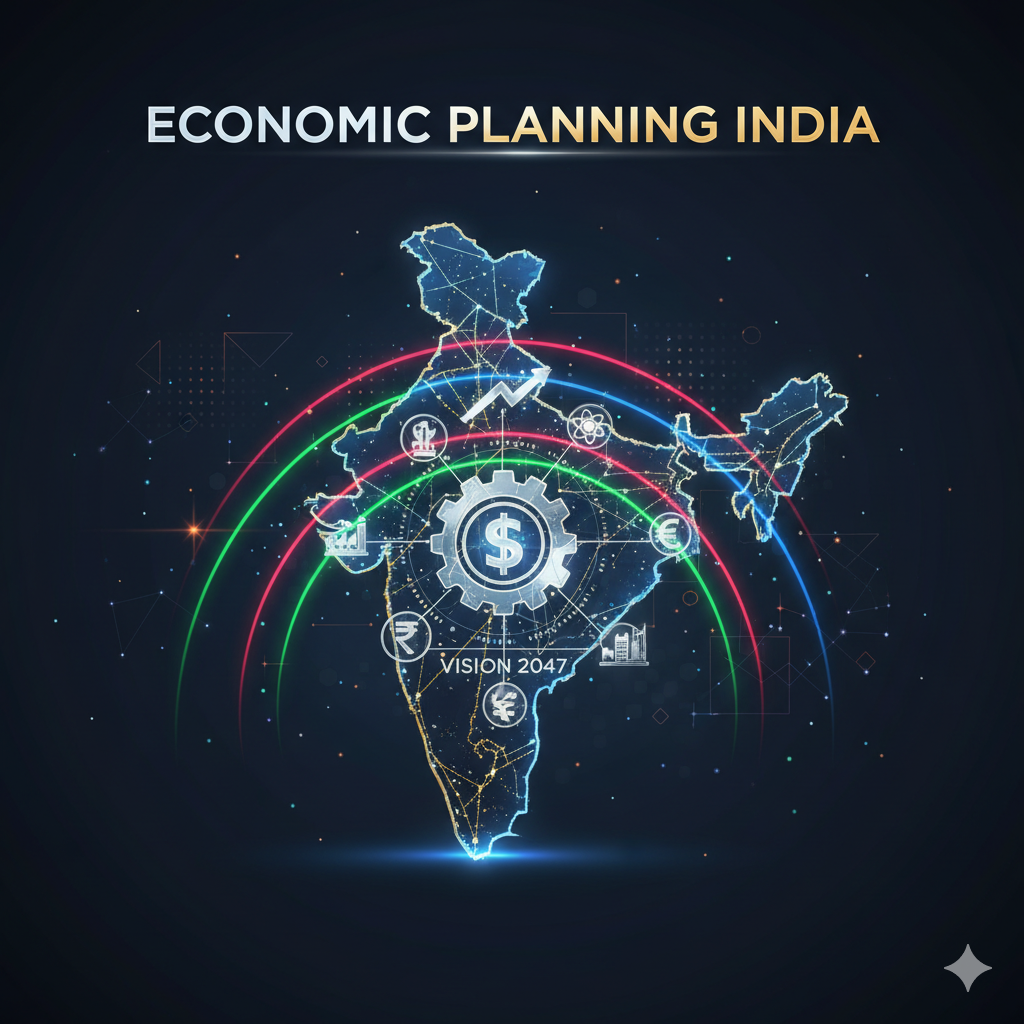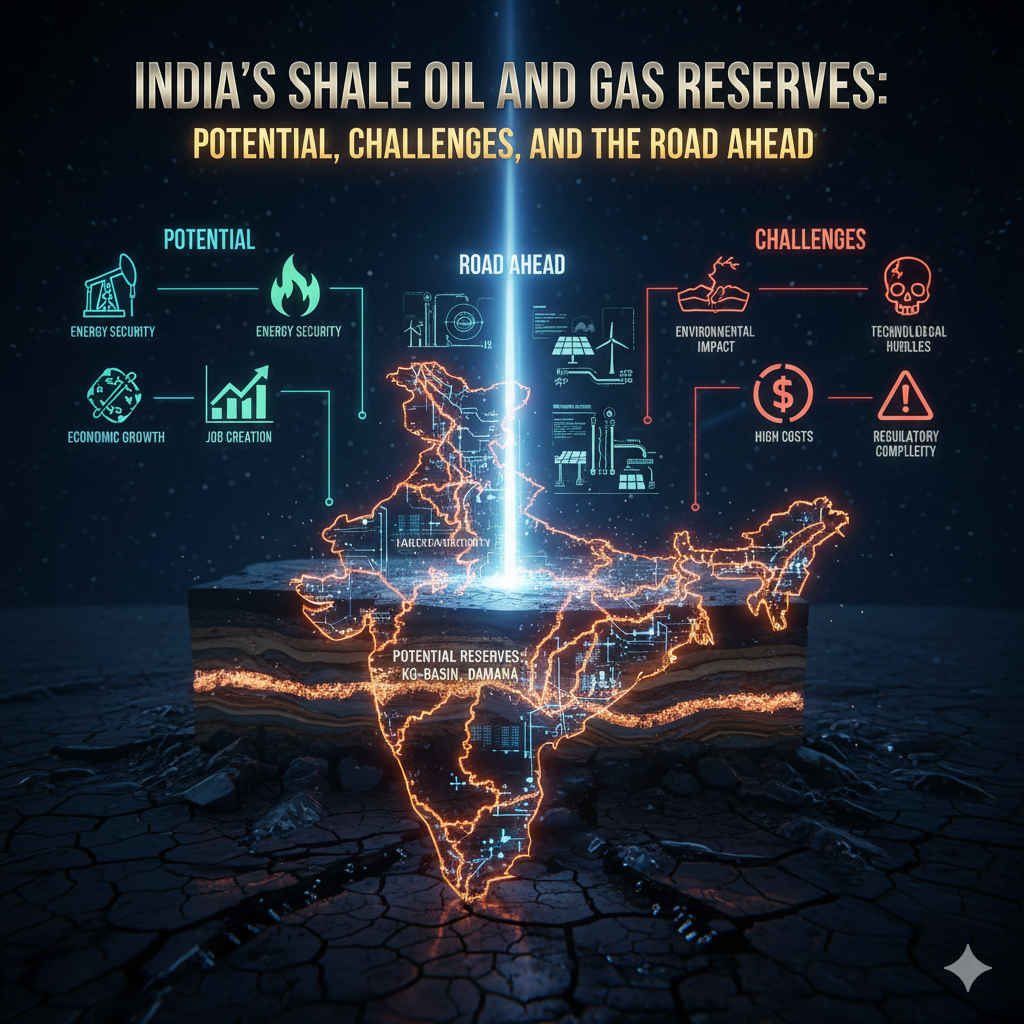Introduction
India is a country of diverse hydrological regimes, hosting numerous river systems that sustain agriculture, industries, drinking water supply, and inland navigation. Despite this, India faces multi-dimensional water problems:
- Droughts in arid and semi-arid regions.
- Floods in low-lying plains and river basins.
- Interrupted inland navigation due to seasonal water variability.
To address these challenges, the concept of interlinking rivers (ILR) has emerged as a potential solution. The idea is to transfer surplus water from river basins with excess flows to water-deficient basins, thereby redistributing water resources efficiently.
While the National Perspective Plan (NPP) for interlinking rivers was formulated by the National Water Development Agency (NWDA) in 1980s, the implementation has been slow due to environmental, economic, and social concerns. Nevertheless, ILR remains a topic of national interest due to its potential to resolve water scarcity, reduce flood damage, and improve inland navigation.
This essay critically examines the viability of river interlinking as a solution, exploring its potential benefits, challenges, environmental and social implications, and alternative approaches.
Concept of Interlinking of Rivers
Definition
Interlinking of rivers involves creating canals, reservoirs, and link channels to transfer water from surplus basins to deficit basins, thereby balancing water availability across the country.
Objectives
- Mitigate drought conditions in water-scarce regions.
- Control floods in surplus regions.
- Ensure year-round water availability for irrigation, domestic, and industrial use.
- Enhance inland navigation and transportation.
- Generate hydropower in canals and reservoirs.
Types of River Linking
- Himalayan Component – Linking rivers originating in the Himalayas. Example: Ganga–Brahamaputra–Meghna link.
- Peninsular Component – Linking rivers of the south and central India. Example: Godavari–Krishna–Cauvery link.
Multi-Dimensional Water Problems in India
1. Droughts
- Droughts are caused by erratic monsoons, climate variability, over-extraction of groundwater, and poor water management.
- Major drought-prone states: Rajasthan, Gujarat, Karnataka, Maharashtra, Madhya Pradesh.
- Impacts: Crop failure, livestock loss, migration, and drinking water scarcity.
2. Floods
- Frequent in Brahmaputra, Ganga, and Mahanadi basins, often caused by heavy rainfall, deforestation, and silted river channels.
- Annual average loss: 1000+ lives, cropland damage, infrastructure destruction.
3. Interrupted Inland Navigation
- Inland waterways are often seasonal, with insufficient water during lean periods and excessive flows during monsoons.
- This interrupts transportation, trade, and connectivity, especially in the Ganga–Brahmaputra–Barak system.
Potential Benefits of Interlinking Rivers
1. Drought Mitigation
- Transferring surplus water to deficit regions can stabilize irrigation in arid and semi-arid areas.
- Example: Linking Mahanadi to Godavari could help drought-prone regions of Telangana and Andhra Pradesh.
- Reduced dependence on groundwater, improving sustainability of agriculture.
2. Flood Control
- Surplus water in flood-prone rivers can be diverted to reservoirs and deficit basins, reducing flood intensity.
- Example: Himalayan links could reduce Brahmaputra floods in Assam and Bangladesh.
3. Improved Inland Navigation
- Water availability in link canals allows year-round navigation, reducing transport costs and promoting trade.
- Example: Ganga–Godavari canal system can facilitate cargo movement in eastern and southern India.
4. Hydropower Generation
- Canals and reservoirs provide opportunities for small and medium hydropower plants.
- Example: Peninsular links may generate additional renewable energy.
5. Regional Development
- Interlinking projects can stimulate employment, industrial growth, and rural development.
- Access to assured water supply encourages agro-industrial hubs.
Critical Examination of the Viability of Interlinking Rivers
While the theoretical benefits are significant, practical implementation faces several challenges.
1. Environmental Concerns
- Submergence of forests and wetlands may lead to biodiversity loss.
- Altered river ecology: Reduced sediment transport affects riverine habitats, deltas, and coastal erosion.
- Climate impact: Large reservoirs may release methane, contributing to greenhouse gases.
2. Social Issues
- Displacement of local communities due to reservoirs.
- Resettlement challenges and loss of livelihood for fishing and agricultural communities.
- Potential conflicts over water sharing among states and regions.
3. Technical and Geological Challenges
- Construction of long canals and tunnels is technically complex and costly.
- Himalayan rivers have steep gradients and fragile geology, increasing risk of landslides and engineering failures.
- Siltation in canals and reservoirs reduces storage and efficiency.
4. Economic Feasibility
- Estimated cost: Rs. 5–6 lakh crore for full implementation (NPP).
- High capital cost vs. uncertain economic returns raises questions about cost-benefit viability.
5. Political and Interstate Disputes
- Inter-state water disputes may delay implementation.
- Example: Godavari–Krishna link involves Andhra Pradesh, Telangana, Chhattisgarh, and Maharashtra.
- Disputes over water sharing with Bangladesh for Himalayan links may arise.
6. Impact on Downstream Regions
- Reduced flows downstream may affect agriculture, drinking water, and fisheries.
- Example: Diverting Ganga water upstream may reduce flow in Bihar and Bangladesh, affecting floodplain fertility.
Case Studies of River Interlinking Proposals
1. Ken-Betwa Link (Central India)
- Transfers water from Ken river (Madhya Pradesh) to Betwa basin (Rajasthan).
- Objective: Drought mitigation in Bundelkhand.
- Challenges: Submergence of Panna Tiger Reserve, social displacement, and ecological concerns.
2. Godavari-Krishna-Cauvery Links (Peninsular India)
- Objective: Transfer surplus Godavari water to Krishna and Cauvery deficit areas.
- Benefits: Irrigation, drought relief, hydropower.
- Challenges: Inter-state disputes, land acquisition, high costs.
3. Himalayan Links
- Linking Ganga, Brahmaputra, and Meghna rivers to control floods and droughts in the north and northeast.
- Challenges: Fragile Himalayan ecosystem, displacement of local communities, and high seismic risk.
Alternative and Complementary Approaches
While river interlinking offers potential benefits, it should be integrated with other water management strategies:
1. Rainwater Harvesting
- Capturing local rainfall reduces dependence on river water.
2. Watershed Management
- Soil and water conservation in catchments reduces runoff and enhances groundwater recharge.
3. Efficient Irrigation Practices
- Drip and sprinkler irrigation reduce water wastage in agriculture.
4. Floodplain Management
- Restoring wetlands and natural floodplains reduces flood intensity.
5. Groundwater Management
- Recharging aquifers ensures water availability during dry periods, complementing river interlinking.
Environmental and Social Safeguards
- Comprehensive Environmental Impact Assessment (EIA) before project approval.
- Afforestation and biodiversity conservation around reservoirs and canals.
- Resettlement and rehabilitation policies for displaced communities.
- Monitoring of river ecology to maintain fish migration and sediment balance.
- Stakeholder participation in planning to reduce conflicts.
Future Prospects
- ILR projects may become increasingly relevant due to climate change, which exacerbates droughts and floods.
- Advances in engineering technology, GIS mapping, and water modeling can reduce technical risks.
- Pilot projects like Ken-Betwa link can provide insights into cost, benefits, and environmental management.
- Combining ILR with rainwater harvesting, desalination, and efficient irrigation offers a holistic water management solution.
Conclusion
The interlinking of rivers has the potential to address India’s multi-dimensional water problems by:
- Reducing drought impact in deficit regions.
- Controlling floods in surplus basins.
- Ensuring year-round navigation for transport and trade.
However, critical challenges remain: environmental degradation, social displacement, technical complexity, high costs, and interstate disputes. River interlinking cannot be a stand-alone solution; it must be complemented by integrated water resource management, watershed development, groundwater recharge, and modern irrigation practices.
A cautious, scientifically informed, and socially sensitive approach is required. If implemented judiciously with proper safeguards, river interlinking can transform India’s water landscape, improve agricultural productivity, prevent flood and drought disasters, and enhance inland navigation—providing a sustainable solution to water security challenges in the 21st century.




